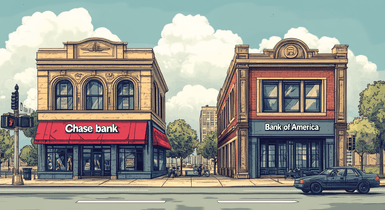What is a Money Order? A Simple Guide to Costs and Benefits

In a world where making a payment requires just a few screen taps, money orders may seem outdated. With apps making it so easy to send and receive funds, when would you ever need a money order? However, while certainly less common now, money orders still have an important role other payment methods can’t always fulfill.
So, what is a money order payment? In this article, we’ll explain the inner workings of money orders, meaning and idea behind this payment type, and everything you need to know about using them.
What is a Money Order?
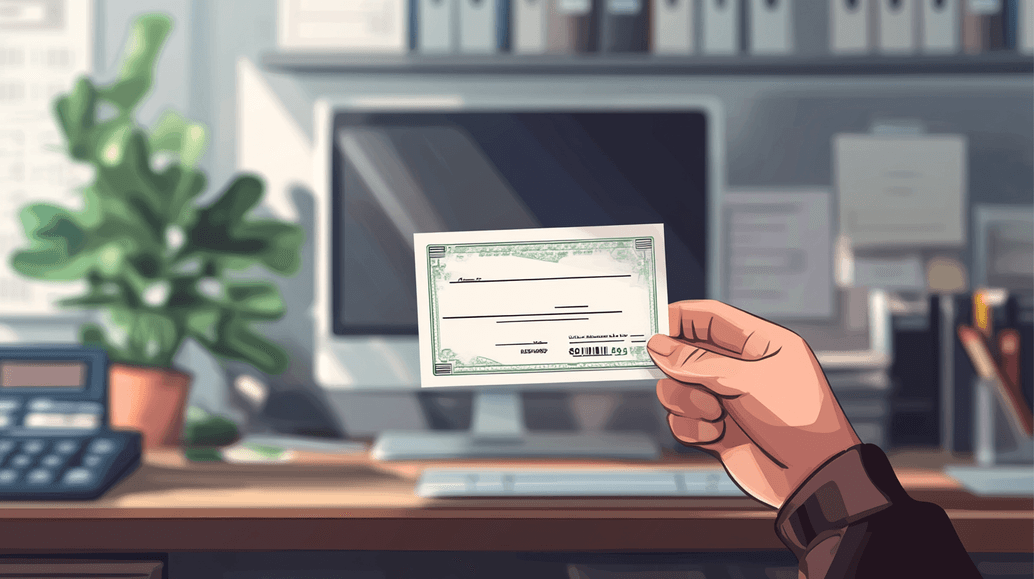
When a bank check or an electronic transfer aren’t available for one reason or another, you must resort to another safe transfer method. So, what does money order mean? It’s a reliable paper payment method for sending a specific amount of funds. It looks like a paper document with the name and logo of the financial institution and functions like a check with no need for a bank account or cash to issue.
Since a money order is prepaid, it won’t bounce for lack of cash like personal checks can do. Because they can be monitored and substituted if lost or stolen, money orders are also less risky than cash.
How Money Orders Work
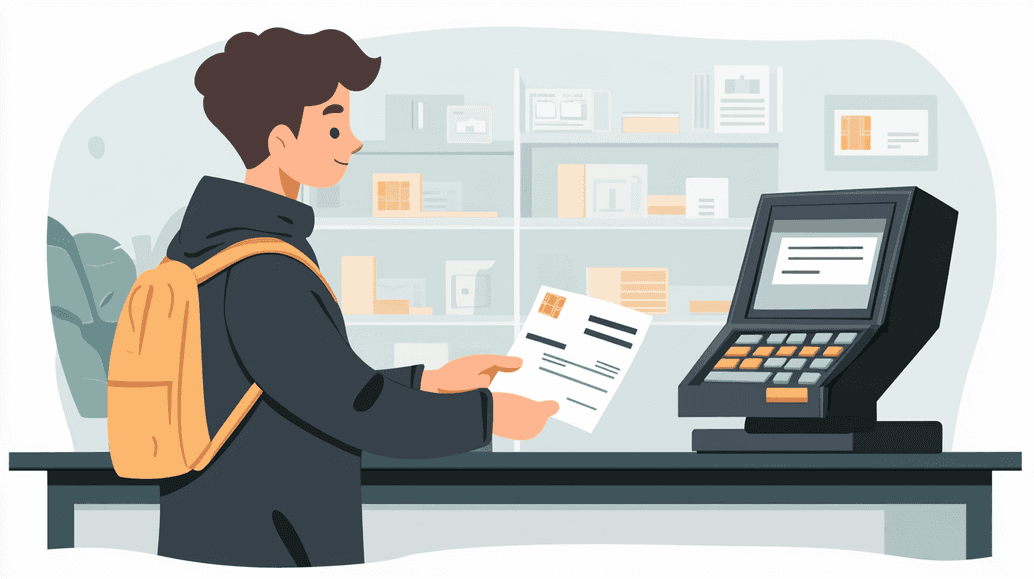
First, visit a financial institution, such as a bank, postal office, or retailer. To send a money order, you must pay the amount you want to send, plus a minor processing fee.
Then, you’ll be asked to provide money order information, such as your and the recipient’s names and addresses and the purpose of your payment. After that, you sign it. Make sure to complete it correctly, as this is crucial for the recipient to be able to cash it.
The document is then given or mailed to a payee. This person can cash or deposit it at a bank, credit union, or another issuing organization. This payment method is often used when personal checks aren’t acceptable or when you need to send funds safely.
Where to Get a Money Order

The common places to purchase a money order are:
- Banks and credit unions.
- US Postal Service.
- Check-cashing locations.
- Retail stores like Walmart, CVS, and Walgreens.
- Convenience stores and grocery stores partnering with services like Western Union or MoneyGram.
Buying a money order at any of these places requires a fee, but the amount depends on the provider. Usually, a bank money order is the most expensive option一up to $5.
How Much Does a Money Order Cost?

While you will incur a fee, it is generally quite small. The fee structure typically varies based on the size of the money order and the location where you buy it.
For instance, Walmart takes one of the lowest fees—only up to $1. Convenience store fees may differ, so check local stores for up-to-date information. A bank will typically charge $5 per order but can also waive the fee for premium account holders.
Some places have higher fees for larger sums. The Post Office charges $2 for requests under $500 and $2.90 for requests of $500–1,000. If you need a replacement or want to track the payment, there will be extra charges.
Sending funds overseas is always more expensive, and money orders are no exception. But, once again, the costs vary depending on the provider. Note that starting from October 1, 2024, you can’t purchase an international money order at post offices.
What is the Purpose of a Money Order?

Since money orders are prepaid, they are commonly used to pay for rent, utilities, and bills. They’re also used for mail-order purchases when credit cards aren’t accepted.
They are an alternative to cash, especially for people without an active bank account, and can be sent by mail or given directly to the recipient. They don’t bounce like personal checks because they are prepaid. Also, because of the name on the document and the requirement to sign it upon receipt, no one but the payee can receive the money order.
Pros and Cons

Benefits
- No bank account is required. You can transfer funds via cash, credit, or debit card.
- Payment assurance. The recipient is assured of the money’s validity because you fund it upfront.
- Secure payment. Even in case of theft or loss, the order can be tracked and replaced for an extra fee.
- Low fees. Although money orders incur a processing charge, it’s not as high as alternative guaranteed payment options like wire transfers or cashier’s checks.
- Suitable for international transfers. Money order types include domestic and international ones so that this method can be utilized for moving funds both inside the United States and worldwide.
Drawbacks
- Transaction amount limit. The maximum amount for a domestic money order is $1,000, while for international transactions, it is $700. If you need to send more, you’ll have to purchase several of these.
- Slower than digital payments. As the money order must be cashed or deposited into the recipient’s bank account manually, it takes longer to process.
- Requests must be made in person. Orders cannot be processed online, so you (and the recipient) must visit a designated location.
- Cannot be canceled after it’s cashed. If the wrong person somehow gets the funds, it’s usually impossible to get it back once cashed. Money orders are often used in fraud schemes, so avoid sending them unless you know the recipient personally.
How to Cash or Deposit a Money Order
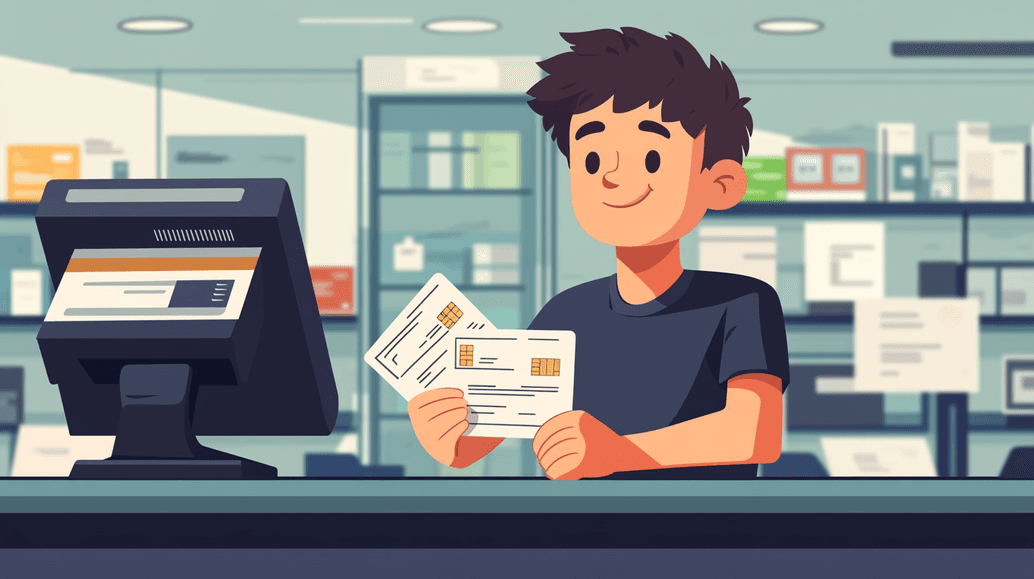
A money order can be cashed at any place one can be issued, including a postal office, a bank, a credit union, a check-cashing store, and some convenience and retail stores. You’ll be asked for your signature and to provide a document verifying your identity.
The cost of cashing a money order depends on the place where you do so. However, you can avoid fees if you deposit the money order to a bank account or cash it in at the issuing office. For instance, USPS money orders can be cashed for free at any post office.
How to Cancel or Replace a Money Order
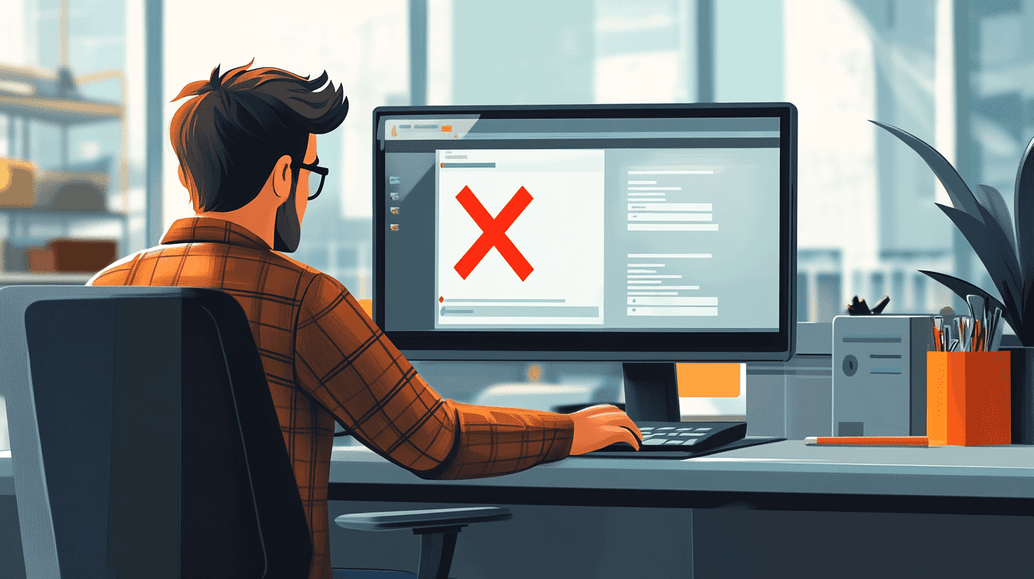
First, keep in mind that a money order can only be canceled or replaced if it hasn’t been cashed. If it was, and you suspect fraud, your only option is to file a police report.
In the case of loss or theft, it can be canceled for a fee in a few simple steps:
- Reach out to the issuer and fill out a request form to initiate the cancellation procedure.
- Provide all the necessary details, like the order’s amount, your name and address, the recipient’s data, etc.
- If you have a duplicate of the receipt, include it.
- Complete the cancellation form and pay the fee.
The USPS charges $20.15 to cancel or replace an order. Western Union charges $15 if you have your receipt or up to $30 without it. In the latter case, the wait time can extend to 8 weeks. The process varies by issuer but typically takes between 20 and 30 days if you have a receipt.




